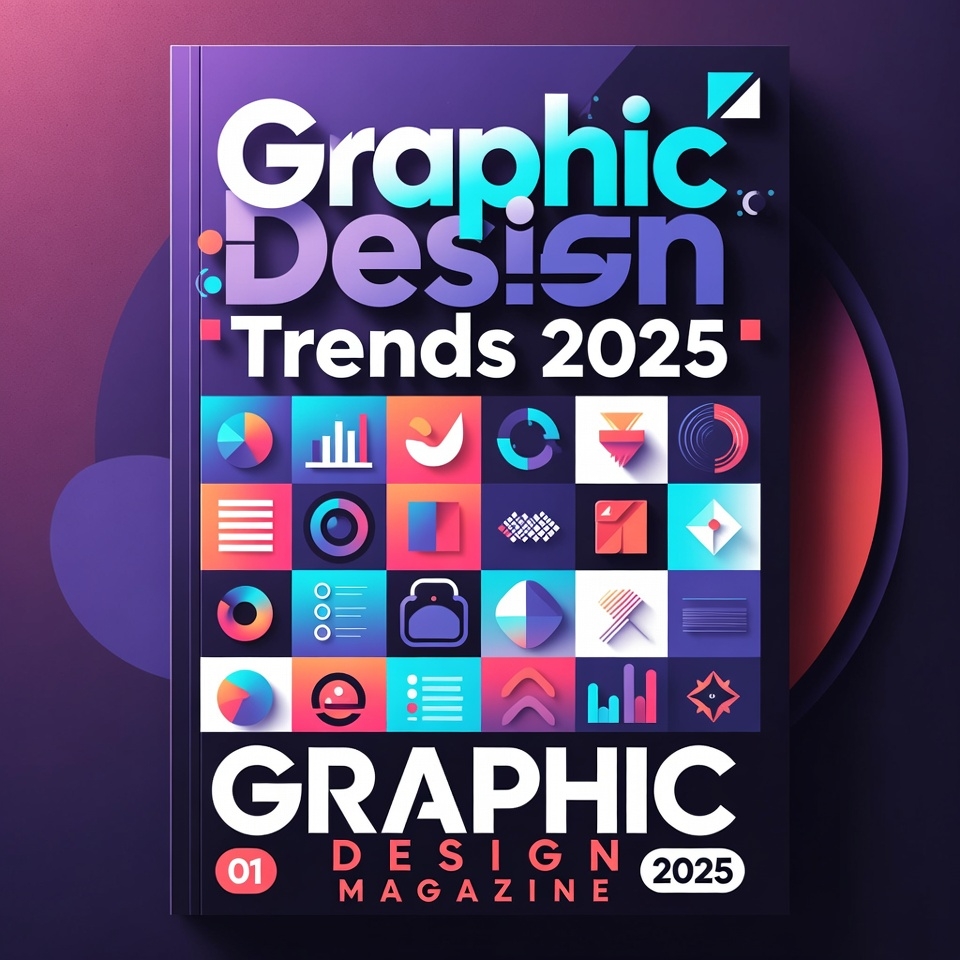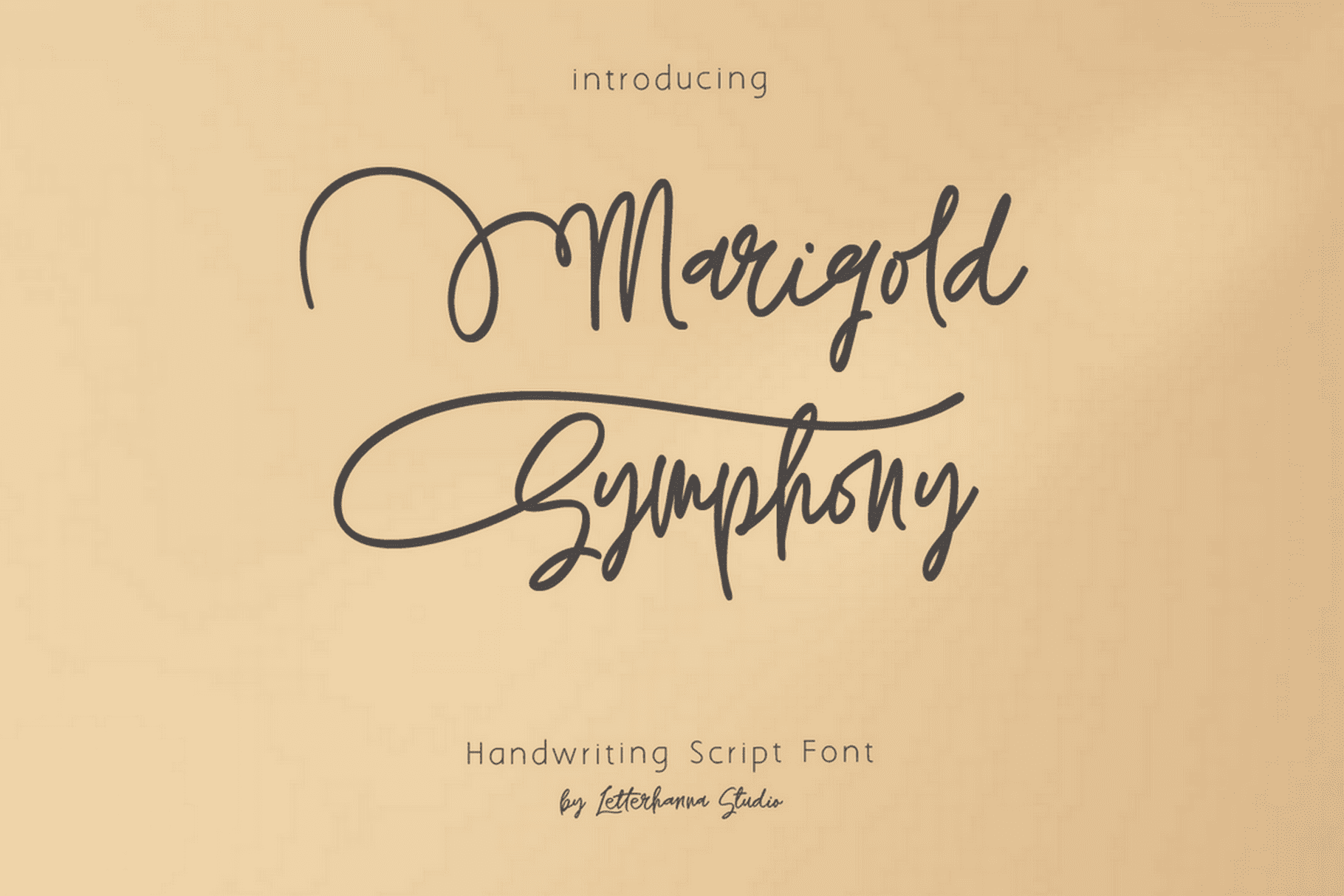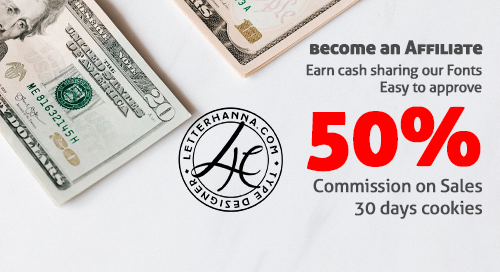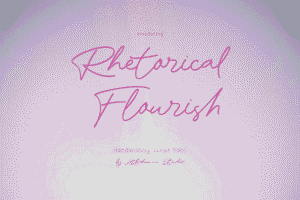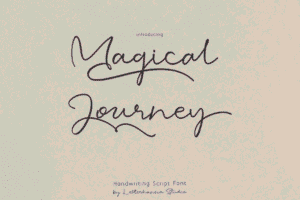The design world is evolving at lightning speed, and 2025 is shaping up to be a groundbreaking year for visual creativity. From AI-powered aesthetics to nostalgic revivals with modern twists, designers are pushing boundaries like never before. Whether you’re a seasoned designer, a brand manager, or a creative enthusiast, staying ahead of these trends is essential for creating work that resonates.
Let’s dive into the 15 graphic design trends that are set to dominate 2025 and transform the visual landscape.
1. AI-Augmented Design: The Human-Machine Collaboration
Artificial intelligence isn’t replacing designers—it’s becoming their most powerful collaborator. In 2025, we’re seeing a surge in AI-augmented design workflows where machine learning tools handle repetitive tasks while designers focus on creative strategy and emotional storytelling.
Why it’s exploding: AI tools like Midjourney, Adobe Firefly, and generative design platforms have matured significantly, offering unprecedented creative possibilities while maintaining the human touch that makes design meaningful.
How to use it: Integrate AI for rapid ideation, pattern generation, and variations, but always refine with your unique creative vision and brand understanding.
2. Hyper-Surrealism: Reality on Steroids
Move over minimalism—hyper-surrealism is taking center stage. This trend combines photorealistic elements with impossible scenarios, creating dreamlike visuals that challenge perception and captivate audiences.
Key characteristics:
- Unexpected juxtapositions of everyday objects
- Gravity-defying compositions
- Hyperreal textures combined with fantastical elements
- Bold color contrasts that amplify the surreal effect
Where you’ll see it: Album covers, editorial design, advertising campaigns for tech and fashion brands, and social media content that demands attention.
3. Dopamine Design: Maximalist Joy
After years of muted palettes and minimalist aesthetics, dopamine design brings unabashed joy back to visual communication. This trend celebrates bold, saturated colors, playful typography, and exuberant compositions that trigger positive emotional responses.
The psychology behind it: In an increasingly complex world, brands are using vibrant, optimistic design to create emotional connections and stand out in crowded digital spaces.
Pro tip: Balance maximalist elements with strategic white space to maintain readability and prevent visual overwhelm.
4. Parametric Typography: Letters That Move
Typography is breaking free from static forms. Parametric typography uses algorithmic design to create letterforms that respond, adapt, and transform based on data, context, or user interaction.
What makes it special:
- Dynamic letterforms that change with parameters
- Data-driven text visualizations
- Responsive typography that adapts to different screens and contexts
- Organic, flowing letter shapes that challenge traditional readability
Best applications: Digital interfaces, brand identities for tech companies, motion graphics, and experimental editorial design.
5. Y2K Futurism 2.0: Nostalgia Meets Innovation
The Y2K aesthetic is back, but with a sophisticated upgrade. This isn’t just about chunky fonts and metallics—it’s a reimagining of millennial optimism through contemporary design sensibilities.
Updated elements:
- Holographic gradients with modern color palettes
- Sleek metallic finishes instead of overly glossy effects
- Retrofuturistic UI elements with improved UX principles
- Cyber-inspired graphics with cleaner execution
Why it resonates: It taps into nostalgia while feeling fresh and forward-thinking, appealing to both millennials and Gen Z audiences.
6. Organic Fluidity: Nature-Inspired Forms
Hard edges are softening as organic, fluid shapes take over. This trend draws inspiration from natural forms—water, clouds, organic matter—creating designs that feel alive and breathing.
Design elements:
- Blob shapes and amoeba-like forms
- Smooth gradients that mimic natural color transitions
- Asymmetrical compositions that feel balanced despite irregularity
- Nature-inspired color palettes (earth tones, oceanic blues, botanical greens)
Perfect for: Wellness brands, sustainable products, tech companies wanting to appear more human-centered, and any brand prioritizing authenticity.
7. Brutalist Minimalism: Raw and Unapologetic
Brutalism is shedding its harsh reputation and merging with minimalism to create designs that are bold yet restrained, raw yet refined.
Defining features:
- Monochromatic or limited color palettes
- Exposed grid systems and visible structure
- Raw, unpolished textures
- Strong typography with geometric sans-serifs
- Asymmetrical layouts that challenge conventional balance
Where it works: Fashion brands, architectural firms, art galleries, and companies wanting to project confidence and authenticity.
8. 3D Inflatable Aesthetics: Soft and Tactile
Puffy, inflatable-looking 3D elements are everywhere. This trend creates a sense of softness and approachability through digital design, making technology feel more human and touchable.
Why it’s trending: It offers a perfect counterbalance to the coldness of digital interfaces, creating warmth and playfulness without sacrificing sophistication.
Application ideas: App icons, social media graphics, packaging design, brand mascots, and UI elements that need to feel friendly and approachable.
9. Glitch Art Revival: Controlled Chaos
Glitch art is experiencing a renaissance, but with more intentionality and refinement. Modern glitch aesthetics embrace digital errors as features, not bugs, creating visually striking designs that comment on our digital existence.
Key techniques:
- RGB channel shifting and chromatic aberration
- Datamoshing and compression artifacts
- Pixelation and digital noise as design elements
- Corrupted text effects
Cultural relevance: This trend reflects our relationship with technology—imperfect, sometimes chaotic, but undeniably part of our identity.
10. Maximalist Gradients: Color on Overdrive
Forget subtle color transitions—2025 gradients are bold, complex, and unapologetically vibrant. Multi-color gradients with unexpected color combinations create depth and energy.
What’s different now:
- 5-7 color gradients instead of simple two-color fades
- Incorporation of metallic and iridescent effects
- Mesh gradients for more organic color flows
- Gradients as primary design elements, not just backgrounds
Best practices: Use gradient tools that create smooth transitions and test across different screens to ensure consistency.
11. Anti-Design: Breaking All the Rules
Anti-design deliberately breaks conventional design principles to create memorable, provocative work. It’s chaotic, challenging, and absolutely intentional.
Characteristics:
- Clashing typefaces and conflicting hierarchies
- Seemingly random placement of elements
- Purposefully “bad” design choices that grab attention
- DIY and collage-inspired aesthetics
Important note: Anti-design requires deep understanding of design principles to break them effectively. It’s not about lack of skill—it’s about strategic rebellion.
12. Sustainable Design Aesthetics: Earth-Conscious Visuals
As environmental consciousness grows, design is reflecting sustainability values through aesthetic choices that communicate eco-friendliness and responsibility.
Visual language:
- Earthy, natural color palettes
- Organic textures and recycled paper effects
- Minimalist approaches that suggest “less is more”
- Nature photography and botanical illustrations
- Hand-drawn elements suggesting craftsmanship over mass production
Beyond aesthetics: This trend extends to actual sustainable design practices—optimized file sizes, accessible color contrasts, and designs that work in both digital and print to reduce waste.
13. Kinetic Typography: Words in Motion
Static text is giving way to animated, kinetic typography that adds energy and emphasis to messages. Motion design isn’t just for video anymore—it’s becoming integral to how we experience text across all platforms.
Emerging techniques:
- Micro-animations that activate on scroll or hover
- Variable fonts that transform in real-time
- Physics-based text animations
- Responsive typography that reacts to user input
Why it matters: In a world of information overload, kinetic typography captures attention and improves message retention.
14. Neo-Psychedelia: Digital Consciousness
Psychedelic design is back, but reimagined for the digital age. This trend combines kaleidoscopic patterns, vibrant color schemes, and mind-bending compositions with modern design sensibilities.
Modern interpretations:
- Fractal patterns and algorithmic psychedelia
- Holographic and iridescent effects
- Warped and distorted typography
- Layered transparencies creating depth and complexity
Cultural context: This trend taps into broader conversations about consciousness, virtual reality, and expanded perception in the digital age.
15. Authentic Imperfection: Celebrating the Handmade
In rebellion against AI-perfection, designers are embracing authentic imperfections that showcase human touch—hand-drawn elements, visible brushstrokes, and organic irregularities.
What it includes:
- Hand-lettering and calligraphy
- Visible sketch marks and construction lines
- Analog textures like paper grain and ink bleeds
- Asymmetrical layouts that feel spontaneous
- Photography with natural lighting and unposed subjects
The message: This trend communicates authenticity, craftsmanship, and human connection in an increasingly automated world.
How to Implement These Trends (Without Looking Dated Next Year)
Here’s the crucial question: How do you stay current without creating designs that will look embarrassingly outdated in 12 months?
Strategic Trend Adoption:
- Understand your brand identity first – Not every trend suits every brand. Choose trends that align with your brand values and audience expectations.
- Blend, don’t copy – The most sophisticated designs combine multiple trends in unique ways rather than copying a single trend wholesale.
- Focus on timeless principles – Strong typography, clear hierarchy, and effective communication never go out of style. Use trends to enhance, not replace, these fundamentals.
- Test with your audience – What excites the design community might not resonate with your specific audience. Always validate trend applications with user testing.
- Keep the 80/20 rule – Let 80% of your design be based on timeless principles, and use the trending 20% for contemporary appeal and cultural relevance.
Tools and Resources for 2025 Designers
To execute these trends effectively, you’ll need the right toolkit:
Design Software:
- Adobe Creative Suite (Photoshop, Illustrator, After Effects)
- Figma for collaborative interface design
- Blender for 3D graphics
- Spline for 3D web design
AI Tools:
- Midjourney for AI-generated imagery
- Adobe Firefly for generative fill
- Runway ML for video and animation
- ChatGPT for design briefs and concept development
Inspiration Sources:
- Behance and Dribbble for trend monitoring
- Instagram and Pinterest for visual culture
- Design conferences like AIGA and Adobe MAX
- Design publications like It’s Nice That and Eye on Design
The Future of Graphic Design
As we navigate 2025, one thing is clear: graphic design is more dynamic, diverse, and exciting than ever before. These 15 trends represent different facets of our collective visual language—some celebrate technology, others push back against it; some embrace maximalism while others refine minimalism.
The most successful designers won’t simply follow these trends blindly. They’ll understand the cultural forces driving each trend, select elements that resonate with their unique creative vision, and blend them into work that feels both contemporary and timeless.
Remember: Trends are tools, not rules. Use them to expand your creative vocabulary, but always let your unique perspective and your audience’s needs guide your design decisions.
Your Next Steps
- Audit your current design approach – Which of these trends already align with your work? Which challenge you to grow?
- Experiment safely – Use personal projects or internal work to test new trends before applying them to client work.
- Build your skills – Identify trends that excite you but require new technical skills, and invest in learning them.
- Stay curious – The design landscape will continue evolving. Make trend awareness an ongoing practice, not a yearly exercise.
- Create your own style – Ultimately, the best “trend” is developing a distinctive voice that blends influences into something uniquely yours.
What’s your take on these 2025 design trends? Which ones are you most excited to incorporate into your work? The design community thrives on dialogue, so let’s keep the conversation going.

